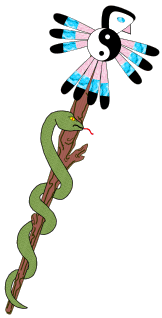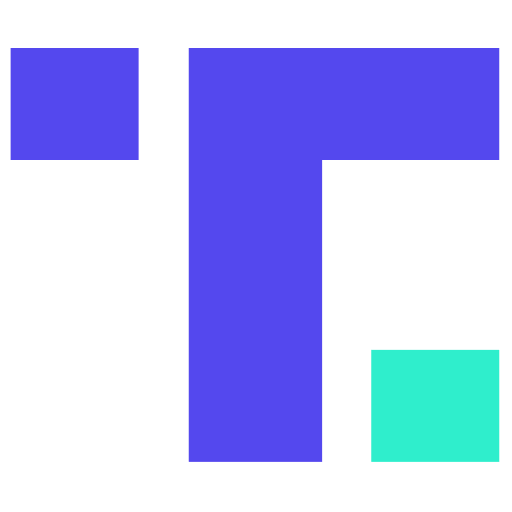According to the Low Dose Naltrexone home page [LDN], LDN has been seen to benefit Hodgkin's and non-Hodgkin's lymphoma.
[LDN_Cancer] reports that the late Dr. Bernard Bihari treated approximately 450
patients with some form of cancer, with a 60% success rate, almost all of who had failed to
respond to standard treatments.
In particular, 6 patients with non-Hodgkin's lymphoma and 3 patients with Hodgkin's disease
appeared to be in remission.
In one case of non-Hodgkin's lymphoma in a 75 year old woman, the oncologist chose
"watchful waiting" and the patient took LDN; 6 months later tumor size had shrunk by 50%,
and subsequently shrank over the next 11 months by a total of 80%.
In another case of non-Hodgkin's lymphoma, after 3 months of LDN use the involved nodes had
shrunk in size by 33%, and subsequently shrank further by a total of 50% without any
conventional treatment.
In a case of Hodgkin's disease, complete remission was maintained during a 5.5-year
follow-up period.
Dr. Weyrich has been trained to use Low Dose Naltrexone (LDN).
However, Dr. Weyrich has not treated any cases of lymphoma with LDN.
Please see What is Low Dose Naltrexone?
for more information.
It is believed that LDN works by temporarily blocking the body's opioid receptors, which induces a reflex increase in the body's natural
endorphin and enkephalin levels, which then target the tumors' opioid receptors and induce apoptosis (programmed cell death) of the cancer cells.
The endorphins and enkephalins also increase natural killer cells and other immune responses against the cancer cells [Mathews1983 🕮 ].







 Mayo Clinic
Mayo Clinic